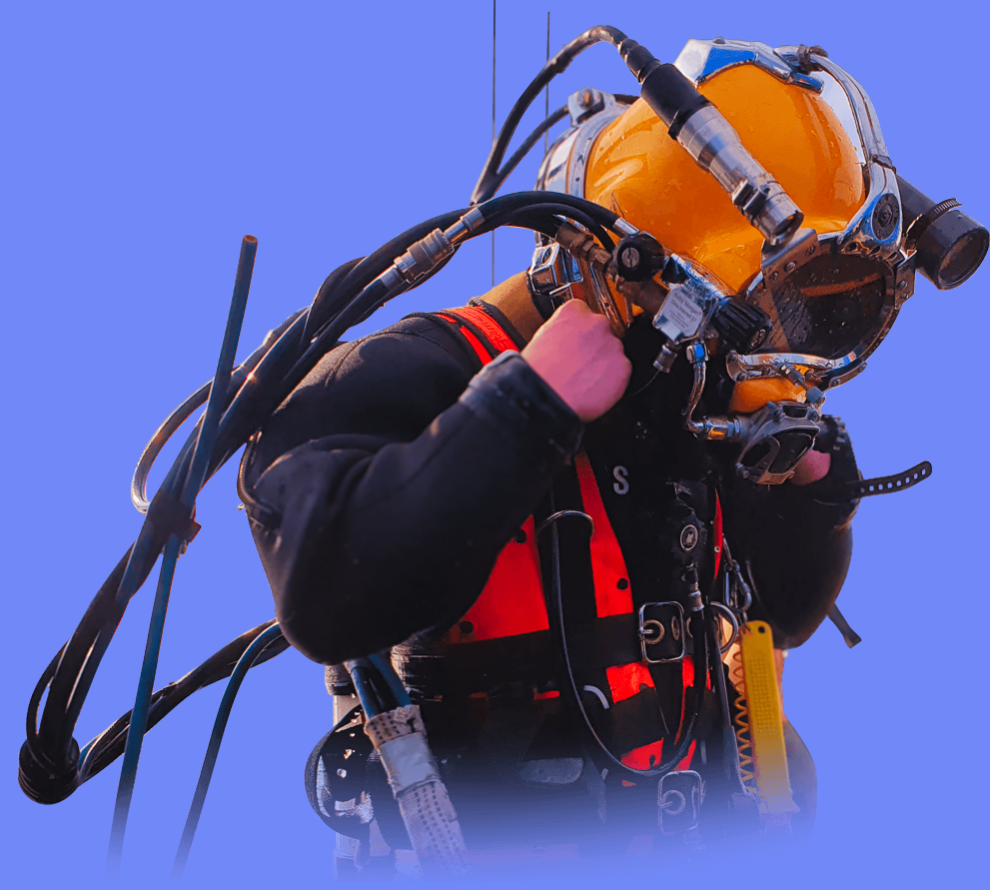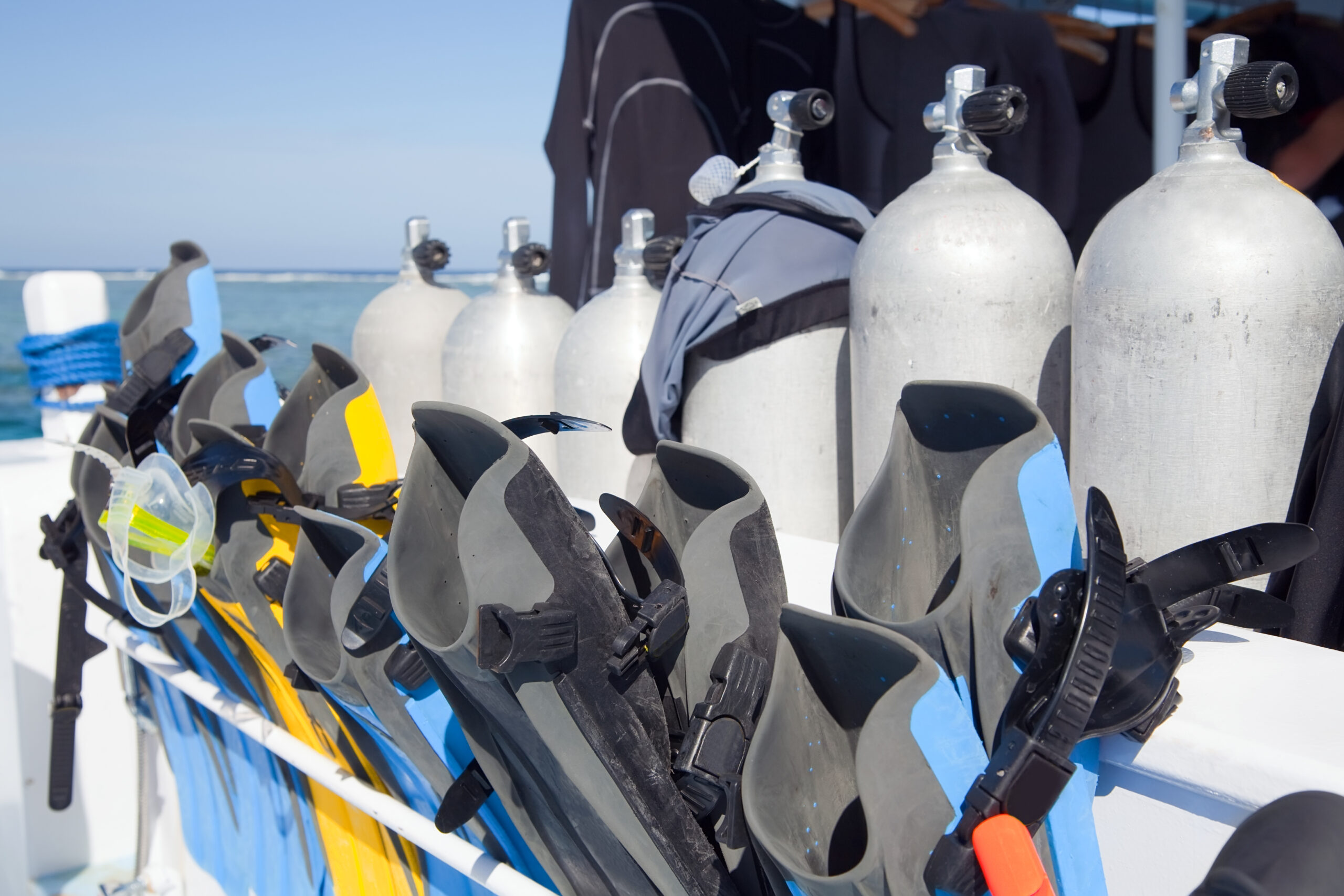Dive with Confidence.
Diver Watches/Stop Watch are essential for divers, with the current model watch being mandatory. In case of unavailability, approval from the diving team leader allows the dive to proceed. All diving watches are permitted. Magnetic hygiene compliance is crucial for underwater mine operations. Swim boards are used to display course, depth, and time during underwater swimming. Diver’s anchors are weighted objects connected to ropes for descent and ascent, providing stability for search operations. Lazy anchors aid in decompression stops and require careful handling. Working anchors supply gear to divers working on the bottom. Shot ropes, made of rope or wire, with sinkers, serve various purposes and require periodic checks. Diving stages provide stable platforms for underwater operations, with temporary setups using spars, ladders, and sinkers.
Divers Watches/Stop Watches.
- The divers analog watch should be worn by all divers.
- In the event that the issue watch is broken, or faulty, the diver is awaiting a replacement, the dive can still take place provided that the diving team leader/supervisor is fully aware. Faults and shortcomings with the issue watch are to be reported in the record book daily.
- When conducting live counter mines underwater operations, the diver should ensure any watches worn comply with magnetic hygiene regulations.
Swim board.
Swim boards are used in underwater swimming operations, in which the diver needs their course, depth, and time underwater readily displayed daily.
Diver’s Shot.
- The divers shot can consist of any conveniently shaped heavy weight to which a rope is secured for the diver’s descent and ascent.
- For deep diving from a diving tender/ship, a sinker in excess of 50 kg should be used in every time.
- It is important that the shot, once laid, does not move, because this will negate any search being conducted. This is why relatively large weights are employed, as it is only such weights that can withstand the influence of tide and current transmitted from the surface through the shot rope.
- When working on a wreck, it may be appropriate to secure the shot rope directly to some part of the wreck using a short length of chain.
Lazy Shot.
- A divers’ shot is normally a cruciform sinker of not less than 5 kg.
- Before the divers’ ascent, the lazy shot is lowered over the side to a depth 3 m greater than the diver’s first stop.
- When marked swimming the divers float line is rove through a clip hook attached to the weight on the lazy shot which is then lowered down the divers float line before the diver ascends to 3 m below the depth of the required stop. The diver signals on arrival at the lazy shot, it is then hoisted to the required depth where decompression commences. The procedure is repeated for subsequent stops.
- When attended diving using a shot rope or sonar marking recovery outfit the lazy shot is lowered down the shot rope or sonar marking recovery outfit line and not the divers’ lifeline. If drifting decompression stops are required the diver disconnects the lazy shot when given the signal of six bells. The diver then drifts with the lazy shot positioned at chest height and at rest.
- Care should be taken to ensure that the diver is at the correct stop depth. When operating with the lazy shot, the inboard end of the handling line is to be secured inboard. Ensure that sufficient line is available for all decompression/ emergency procedures. Care is to be taken to prevent the shot inadvertently dropping and causing injury to the diver(s)
Note!
- Initial. Lazy shot free for running, on the surface and secured inboard. All markings correct daily.
- Interim. Lazy shot at X meter mark awash, X (+ 3) meters mark sighted and secured inboard. i.e “Lazy shot at 9m mark awash, 12 meters mark sighted and secured inboard daily”.

Working Shot.
- When a diver needs a constant supply of items on the bottom – for instance, when working on a wreck; a working shot should be used for providing this gear.
- This shot usually consists of a wire rope of about 12 mm, fitted with a reeving eye and shackle to allow it to be secured in a convenient place close to the diver. Then if the diver has to move, they can unshackle the shot and re-site it without difficulty.
- The working shot may be lowered with the divers shot rope, attached to the sinker by a lizard, which the diver disconnects on reaching it.
- The working shot should be given a lead up tide clear of the divers shot to ensure that the diver is clear of it when he descends and that any item slid down the working shot will be assisted by the tide on its descent to the diver.
Shot Rope.
- The shot rope normally comprises 50 to 100 m of rope not smaller than 25 mm spliced into a sinker. Ideally shot ropes should be manufactured from multiple ropes as this reduces any spinning of the shot when deployed. Other shot ropes of different sizes and with different weight sinkers are made up as required for particular operations. Where the rope is likely to chafe wire may be used instead of rope.
- During the course of an operation the shot rope should be checked at intervals to confirm that it is on the bottom and not dragging.
- When wire ropes are used they should be checked periodically for broken strands and replaced when these appear.
Diving Stage.
- A stable working platform from which the diver can work is required when operations have to be performed on propellers or elsewhere under the hull.
- Temporary platforms can be rigged using crossed spars and ladders lashed to sinkers and slung under the ship.

Conclusion.
The mentioned diving equipment such as watches, shot ropes, swim boards, and stages play vital roles in ensuring safety and efficiency during underwater operations. Proper usage and maintenance are essential for successful dives.
These diving tools and equipment enable divers to navigate, communicate, and perform tasks effectively, enhancing overall safety and productivity in underwater environments.



